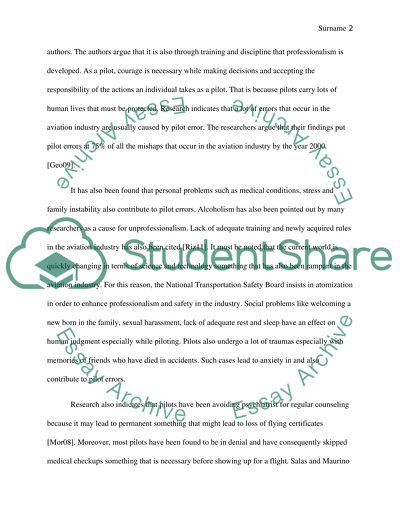Cite this document
(“Professionalism of aviation in human factor Essay”, n.d.)
Retrieved from https://studentshare.org/miscellaneous/1669426-professionalism-of-aviation-in-human-factor
Retrieved from https://studentshare.org/miscellaneous/1669426-professionalism-of-aviation-in-human-factor
(Professionalism of Aviation in Human Factor Essay)
https://studentshare.org/miscellaneous/1669426-professionalism-of-aviation-in-human-factor.
https://studentshare.org/miscellaneous/1669426-professionalism-of-aviation-in-human-factor.
“Professionalism of Aviation in Human Factor Essay”, n.d. https://studentshare.org/miscellaneous/1669426-professionalism-of-aviation-in-human-factor.


